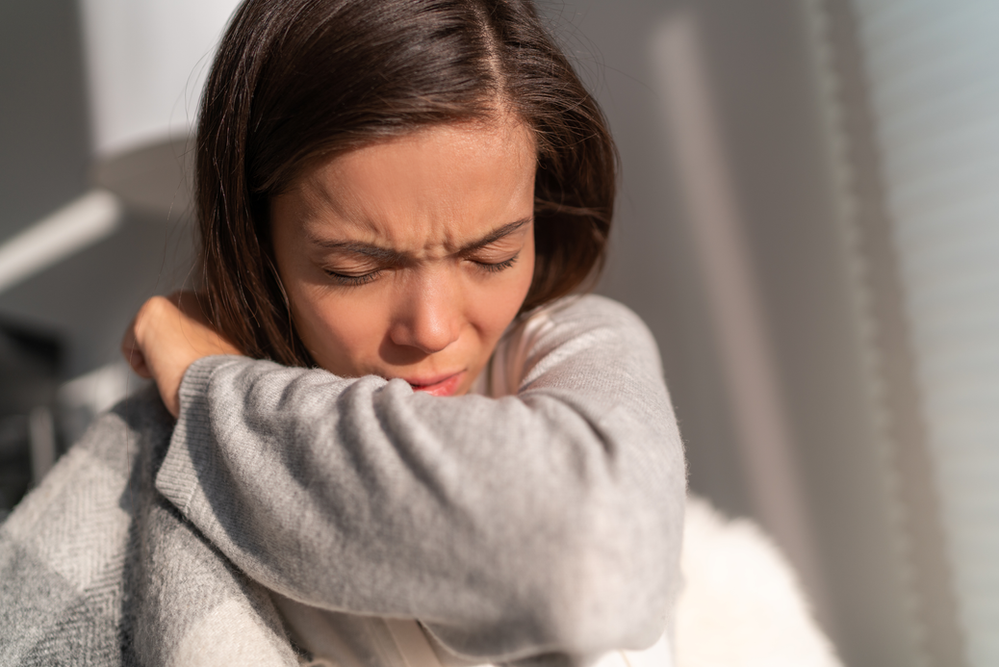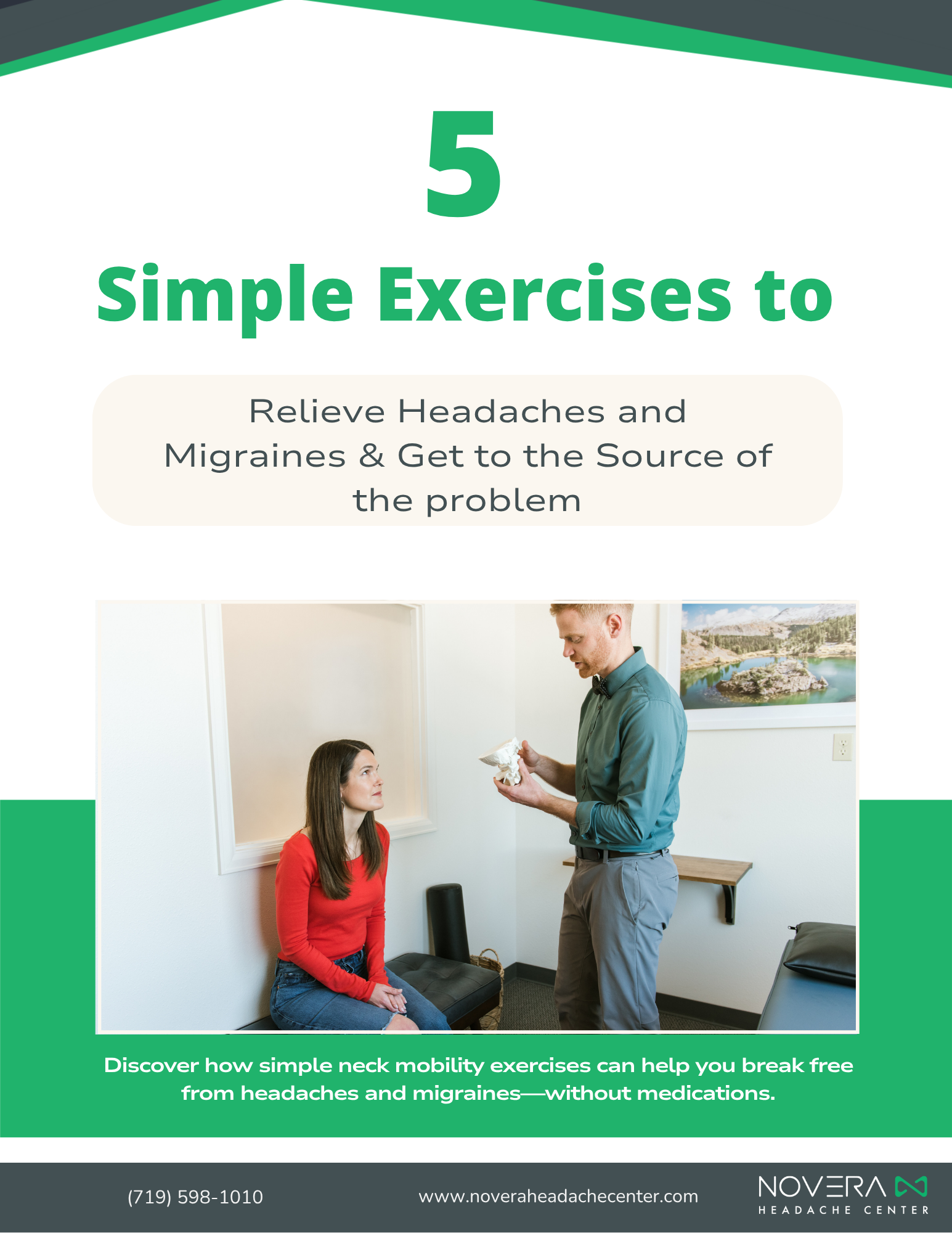
If you found yourself itching, sneezing, and rubbing your eyes a little extra this past September, you are not alone! Experts have warned that as the climate gradually warms, pollen productions increases, which means a particularly bad season for ragweed and other fall allergens this year. In addition – many of us have spent increased time indoors over the pandemic which has limited our exposure to outdoor allergens and exacerbated our sensitivity to them.
Allergy-related sinus headaches and migraines share many common symptoms, which can lead to confusion between the two disorders. True sinus headaches are actually incredibly rare – according to studies done by the American Migraine Foundation, 90% of self-diagnosed sinus headaches are actually migraines. Many over-the-counter medicine brands have perpetuated the belief that sinus headache is a common ailment that can be treated at home, but this is almost always incorrect. If you are experiencing intense sinus pressure, pounding in your head, and a stuffy nose as a result of your allergies, they are likely triggering a migraine and not rhinosinusitis .
So what is the link between allergens and migraines? Doctors have speculated on many theories, but it seems that our nervous system, our endocrine system, and our immune system play the biggest roles. Migraine suffers tend to have more sensitive nervous systems on average and their bodies react more quickly to perceived changes in the environment (i.e. increased pollen in the air). Cortisol, a natural anti-inflammatory hormone, is one of our body’s methods of fighting off histamines and allergens. When we are exposed to endocrine disrupting chemicals (EDCs) our cortisol production is disrupted and our allergy symptoms are triggered. EDCs can also be a trigger for migraines – think perfume, smoke, or the smell of gasoline – which would explain the tie between migraine symptoms and our allergies.
While it may seem impossible to escape the dreaded fall allergy season, there are steps you can take to reduce your allergy symptoms and manage your outside triggers. Drinking plenty of fluids keeps your mucus thin and can reduce the feelings of pressure from build-up. Cleaning your home with a wet mop instead a broom can help to keep your environment free of loose dust particles, as can removing as much carpeting from your home as possible. If you do have several rugs or a lot of carpet, be sure to vacuum and deep clean them often to reduce the amount of dust and dander that collects in your home. Another helpful tip is to rinse your nasal passages often with a neti pot or a sinus rinse. Some people find relief with a simple saline spray, but be sure to avoid steroid nasal sprays, as they may cause inflammation that can trigger a migraine or make an existing migraine worse.
Whatever your individual triggers might be, there is hope that you can effectively manage and control your symptoms at home. Be sure to check out The Headache Doctor Podcast for more resources on identifying triggers, home care tips, and strategies for navigating your treatment options. As always, we strive to be a resource for headache and migraine sufferers and offer hope to patients around the globe.




